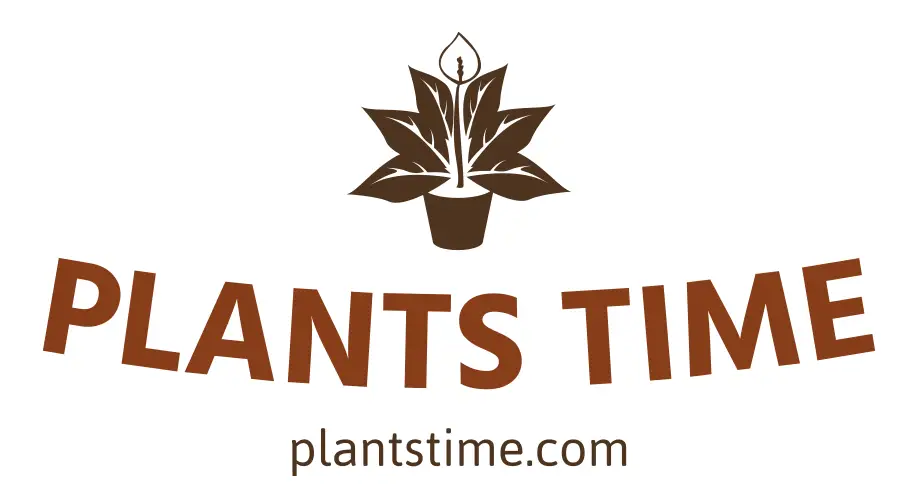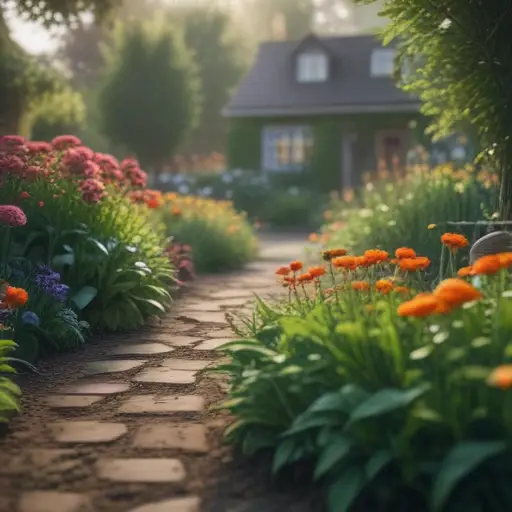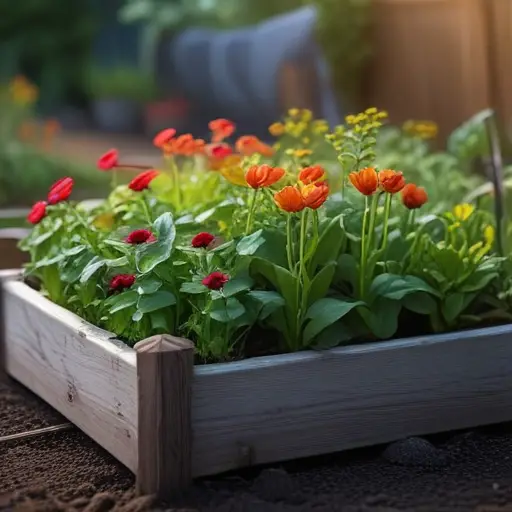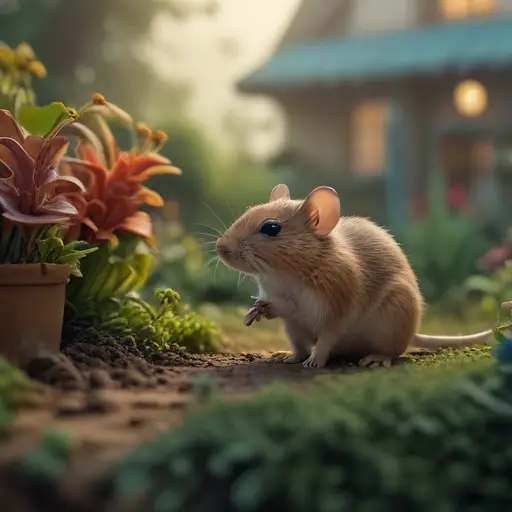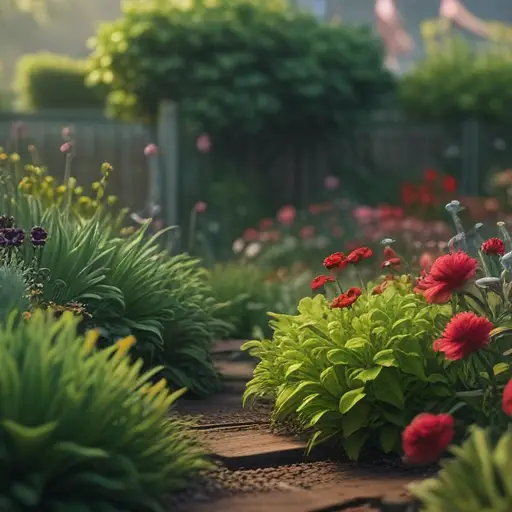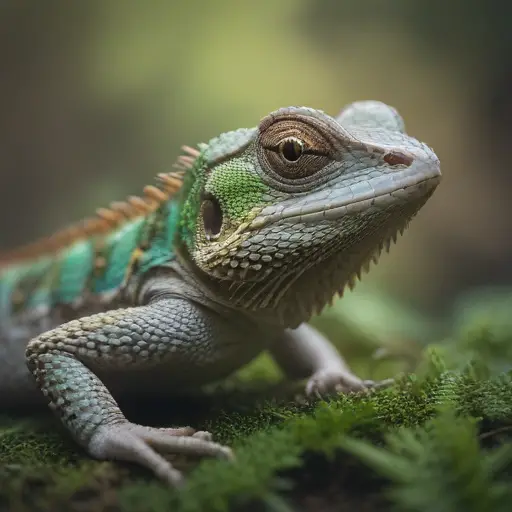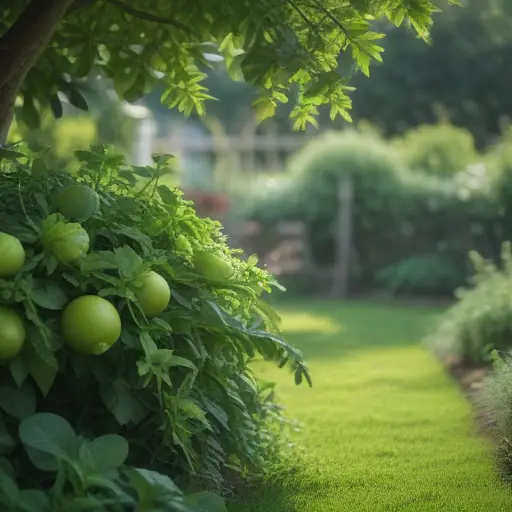The Beauty of Cottage Gardens
The History and Origins of Cottage Gardens
Cottage gardens have a long and whimsical history, dating back to the humble dwellings of medieval Europe. These gardens were originally created by peasants who needed to grow their own food and herbs in limited space. Over time, cottage gardens evolved into charming and eclectic spaces filled with a riot of colorful flowers, herbs, and vegetables. The key to a successful cottage garden is its informal and slightly chaotic layout, with plants spilling over pathways and fences in a delightful jumble. Today, cottage gardens are a beloved style of gardening for their nostalgic charm and ability to attract pollinators and wildlife. So, grab your trowel and get ready to create your own slice of cottage garden paradise!
Essential Elements of a Cottage Garden
Cottage gardens originated in England during the 18th century and were typically small, informal gardens filled with a mix of flowers, herbs, and vegetables. They were designed to be functional and productive, providing food, medicine, and beauty for the cottage dwellers. Today, cottage gardens are popular for their charming, romantic aesthetic and are often characterized by their abundance of plants, informal layout, and traditional English cottage-style features.
Essential elements of a cottage garden include a mix of traditional and heirloom plants, such as roses, lavender, and hollyhocks, that evoke a sense of nostalgia and charm. These gardens often feature a variety of textures and heights, with plants arranged in a seemingly haphazard yet harmonious manner. Structures like arbors, picket fences, and rustic benches add to the quaint and cozy feel of a cottage garden. To truly capture the essence of a cottage garden, be sure to incorporate whimsical touches like birdhouses, vintage garden tools, and meandering pathways that invite exploration. With a little creativity and a lot of love, you can create your own enchanting cottage garden retreat.
Plant Selection and Layout Tips

When it comes to selecting plants for a cottage garden, the key is to embrace a mix of colors, textures, and heights. Traditional cottage garden plants like roses, foxgloves, delphiniums, and peonies are popular choices for their romantic and nostalgic appeal. Consider incorporating a variety of annuals, perennials, and biennials to ensure a continuous display of blooms throughout the growing season. Herbs like lavender, thyme, and rosemary not only add fragrance to the garden but also attract beneficial insects.
In terms of layout, cottage gardens are known for their informal and slightly wild appearance. Rather than strict rows or geometric patterns, plants in a cottage garden are often grouped together in drifts or clusters, creating a natural and relaxed feel. Taller plants like hollyhocks or delphiniums can be placed towards the back of the border, while lower-growing plants like geraniums or violas can be used to fill in gaps and spill over pathways.
To add visual interest and structure to your cottage garden, consider incorporating vertical elements like trellises, arbors, or obelisks. These structures not only provide support for climbing plants like roses or clematis but also create focal points within the garden. Picket fences or rustic wooden gates can also help define the boundaries of the garden and add to its quaint and charming aesthetic.
When planning your cottage garden, don’t be afraid to mix and match different plant varieties to create a dynamic and diverse landscape. Experiment with different color combinations, plant heights, and bloom times to ensure a continuous display of flowers throughout the season. Remember that cottage gardens are meant to be enjoyed and explored, so leave room for meandering pathways and hidden nooks where visitors can discover hidden treasures. With a little creativity and a lot of love, you can create a cottage garden that is as enchanting as it is inviting.
Maintaining and Caring for Cottage Gardens
Cottage gardens are known for their informal, whimsical style and often include a mix of flowers, herbs, and vegetables grown together in a small space.
Maintaining a cottage garden requires a balance of care and laissez-faire attitude. Regular deadheading of spent blooms will encourage continuous flowering, while occasional pruning and dividing of plants will help maintain their health and vigor. Embrace the slightly wild and untamed nature of a cottage garden by allowing plants to self-seed and naturalize, creating a more organic and authentic look. Regular weeding and mulching will help keep the garden looking tidy and prevent invasive plants from taking over. Remember, a cottage garden is meant to be a place of joy and relaxation, so don’t stress too much about perfection – let the garden evolve and grow in its own charming way.
